PROVEN Price Action Strategy (76% Win Rate)
I tested a strategy 100 times that got a 76% Win Rate.
I will show you its interesting testing data by the end of this video, along with its advantages and disadvantages.
So you can decide if you want to use this high win rate strategy to make money or not.
(show_more)
Official TR Score to see the list of high win rate trading strategies I have tested 100 Times: https://tradingrush.net/trscore/
But what is the strategy?
It’s one of the first trading strategies that actually worked for me, and I still use it to this day.
When I started trading around 8 years ago, I was trading price action only.
During this time, I saw someone trading something called extreme price levels.
What’s that?
You know how some price levels get talked about more in the news and everywhere else?
Like when a price crosses a particular level for the first time, the news channels announce it as breaking news.
They don’t do that for normal or boring price levels.
On a chart, the special price levels that get everyone’s attention look something like this.
These are usually the biggest reversal points on the higher timeframe such as 1 day.
Since they are the biggest, they are watched closely by almost every trader and investor, including the news channels.
When the price comes near these price levels, many people react to it in a similar way.
If the price moves up near this big reversal point, many traders will exit their long positions in fear of the price reversing from it like before.
Exiting a long position creates a sell order.
This creates higher selling pressure near this reversal point.
Some traders will take new short positions because they think the price might react like before.
This creates even more selling pressure.
This is why the biggest reversal points also act as strong support resistance areas.
Many people react in a similar way again because they think the price will react in a similar way again.
But in this reversal area, the most important price level is the extreme end.
Many people have automated reversal orders placed there. Some even have automated orders to take trades in the direction of the breakout because they think that the price will now move in that direction.
Basically, the extreme edge of the reversal area is where you see increased trading activity.
We can see spikes on one side of the extreme point.
For example, let’s say the price is moving up towards the extreme point.
When it touches the point or comes very close to it, we can see sudden strong rejections.
Like when the price tries to move up, it gets pushed down suddenly and strongly.
This was and still is one of my favorite trading strategies.
It was one of the first strategies that was actually reliable.
To make the strategy consistent, I used the following steps and rules.
I used the same rules when I tested it 100 times as you will see soon.
Step 1.
I used the 1 day timeframe to find the biggest reversal points.
This step is very important.
If you use small reversal points, then it won’t be talked about on the news, and not many people will care about that price point.
Step 2.
I draw a line at the extreme edge of the reversal point.
Step 3.
I use a smaller timeframe, such as 5min, to see the price rejection from the extreme levels better.
Step 4.
To see if other traders and investors actually react to this price point, I look at the candlestick pattern.
If one of these candlestick patterns forms near the extreme point, then I like to take the reversal entry.
If no candlestick pattern is formed that shows the price rejection, then it can indicate that many people are probably not taking similar trades.
In other words, we should avoid taking the trade as well.
Step 5.
The stop-loss goes on the other side of the extreme edge and the candles.
For example, if the price moves down towards the extreme point and gives a green hammer entry pattern, the stop-loss goes below the candle and the extreme point.
Step 6.
When I started trading this strategy around 8 years ago, I used a 1 to 1 reward risk ratio.
That means my profit target and stop-loss distance were the same.
But after trading for around 8 years now, I have found that using a 0.5 to 1 reward risk ratio in reversal setups is better in most cases.
That means the profit target is 0.5 times the stop-loss distance.
In this price rejection strategy, we are looking to enter when we detect a price rejection from the extreme edge and exit quickly when the rejection pressure ends.
Using a 0.5 times profit target helps with that.
Now, remember, that the rejection candle pattern can appear not just on the extreme edge line, but slightly above or below it as well.
As long as the price rejection happens relatively close to the extreme edge, it’s a valid entry pattern.
I tested these exact steps 100 times on the S&P500 and Nasdaq 100 on the 1 Day timeframe.
And here’s what happened.
The profit graph immediately started moving up.
I had set the starting balance as ten thousand and was risking 200 per trade.
That means I was using a 2% risk per trade so that the profit is 1% on each winning trade.
Now, even though I have used this strategy for many years now, I was still surprised how many times the price clearly reacted from the extreme edges.
When this was the only strategy I was using many years ago, I only entered the trade on the first rejection.
Like, when the price moves up and gives a rejection from the extreme edge, that’s the only setup I took.
If the trade was won and the price gave another rejection after that, I didn’t take that next trade.
That’s because when the price comes near the extreme edge for the very first time, the rejection from it is very clear or simple.
The price is either going to reverse from it or directly cross it.
But if the price gives the rejection and goes in a range or becomes choppy, then it becomes really difficult to identify the rejection in all that mess.
However, there are two exceptions to this rule.
If the price made a big reversal after the first rejection, then taking another trade when the price comes back near the same extreme edge is fine.
That’s because I see it as a completely different setup when this happens.
Another exception is when the first trade is lost.
If the price was moving up towards an extreme edge and rejection happens, sometimes, the price continues to move in the upward direction.
But then gives another rejection that moves the price down.
To capture this profit move, I had a rule of taking a second trade if the first one was lost.
So, if the first rejection trade is won, no more trade at that price level. But if the first one was lost, then I took a second trade at the second rejection. No more than that.
I used that rule while testing it 100 times as well.
And it went really well as you will see in the testing data next.
There is one thing I want to mention though.
I think one of the reasons this strategy worked for me even in the beginner days was because it gave fewer trades.
Since I was only drawing extreme edges of the reversals on the higher timeframes, the number of trades I found was fewer than other strategies.
This meant I didn’t overtrade, which was one of the main reasons I was losing money in the early days.
But finding fewer trades could be a disadvantage for some.
But the market doesn’t give high quality setups frequently.
So it’s quite normal. I mean, all I had to do in this strategy was draw a line and look for rejection. That’s one of the easiest ways I have found high quality setups in my trading journey. No over analysing things.
But then one can also trade more stocks or forex pairs to get more opportunities.
So, finding fewer trades disadvantage disappears easily.
Also, forgot to mention that even though I’m testing this strategy in the stock market, it also works in forex, crypto, and everything else that makes big price reversals and gets talked about in the news.
The extreme edge strategy worked really well.
It won 13 trades in a row and only lost 3 trades in a row.
After 100 trades, it got a win rate of approximately 76%.
The profit graph also went in the upward direction more consistently compared to other strategies we have tested 100 times on the Trading Rush Channel.
So, is this strategy good, and should you use it?
Well, I started using it around 8 years ago and still do.
So, you can make a decision based on the data you just saw!
That’s all!
To see the highest win rate strategies I have tested so far, check out the TR score section on the Official Trading Rush Website.
I rated each strategy in different categories so you can make a better decision. The link is in the description.

